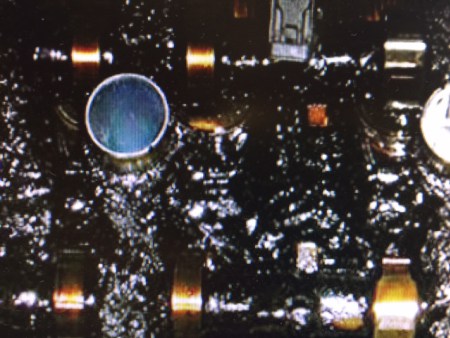Engine Sludge Is Easily Avoidable John Baker & Associates |Jul 24, 2019 4:20 PM Engine sludge. It’s a back gelatinous substance that wreaks havoc in engines. And long before the engine’s demise, engine sludge can foul engine sensors and interfere with performance. Some mechanics call it the “black death.” How does motor oil, which is […]
You are browsing archives for
Tag: oxidation
Don’t Let Extreme Heat Sideline Your Mot
An Oil to Resist Thinning from Extreme Heat and Mechanical Activity Extreme summer heat combined with slow-moving rally or parade traffic can pose big problems for you and your motorcycle. As heat intensifies, motor oil loses viscosity and becomes thinner. The oil can become so thin that the engine loses oil pressure, causing the oil-pressure […]
Why Does Motor Oil Turn Black?
Motor Oil Turning Black Isn’t an Indicator of Bad Oil John Baker|Oct 11, 2018 2:00 PM What causes black motor oil? And when your oil darkens does it mean it’s time to change it? Well, there are a couple of factors that can cause the former. Let’s dig in. Factors causing black motor oil Heat […]
Why Motor Oil Deteriorates
Why Motor Oil Deteriorates Like just about everything else, motor oil has a lifespan. Even the best oils eventually require you to change them. Historically, many motorists like the convenience of changing oil with the seasons, visiting the quick lube or pulling the ramps out of their garage each spring and fall. Motor oil […]



